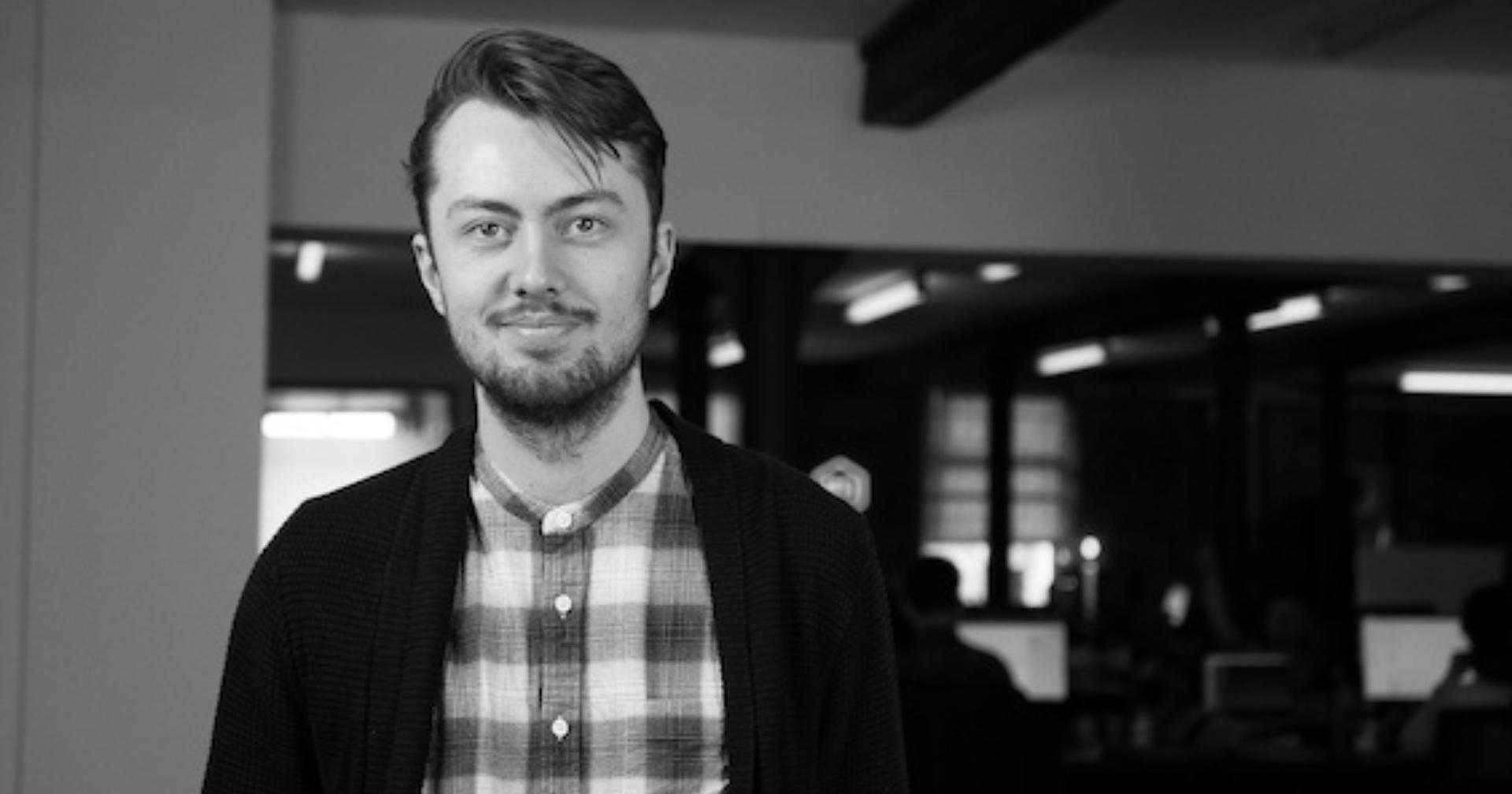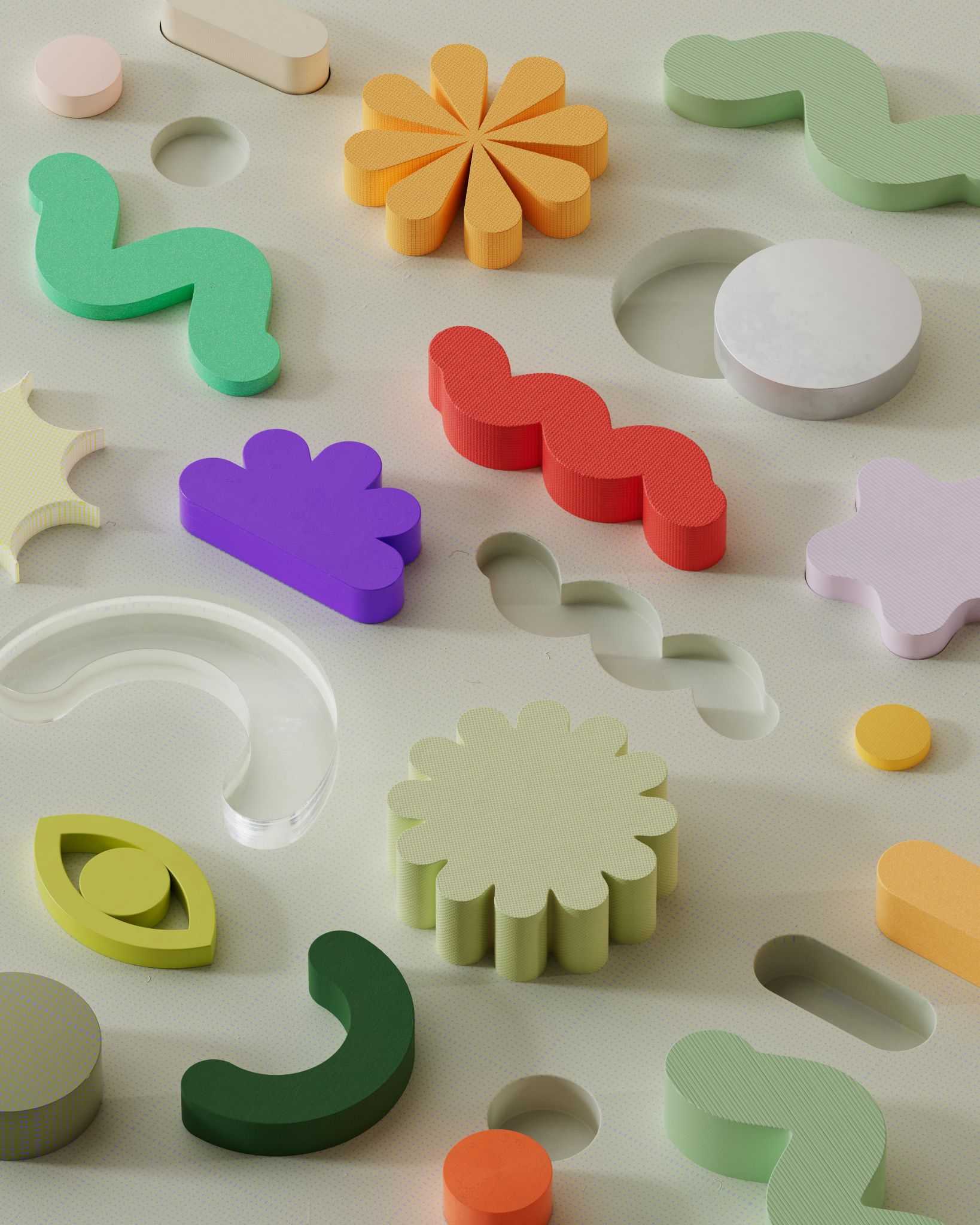I’m quickly approaching six months as Head of Frontend Development and have recently been invited to do a webinar on my path from Apprentice to Head of Frontend. Rather than just releasing a bunch of slides afterward, I thought it may be beneficial to aspiring coders to plot out my career path so far. Maybe it might help those seeking an alternative career route, or at least it’s a friendly reminder that everyone has options no matter the educational route you take.
So Where Did I Start?
Like a lot of geeks/gamers/tech enthusiasts… I finished high school knowing that I wanted to pursue a career in some form of coding. Fair to say I was heavily inspired by watching my stepfather spend evening after evening coding and knew it was the industry that I wanted to ‘find’ myself in. I have fond memories of watching over his shoulder, reading code I never understood, quickly followed by lots of questions as I desperately tried to understand. There was even an occasion I could provide an ear and talk through the different problems he faced, eager to help identify a solution; I think I was a good coding sidekick, not sure he’d agree…
This set me off on the traditional or expected path of finishing high school and going into college with the aim of getting to the ultimate destination… University! Spoiler alert: this didn’t quite pan out.
Step One: College
In college, I studied A-Level Physics, Maths, Computing & IT. Pretty standard course options for someone who wanted to pursue computer science and in theory they were good options that gave me experience in a large array of fields in the computing industry. Physics in case I want to do game design or CGI, IT for web design / graphics, Computing for base programming knowledge, and Maths which ties into all three. A very standard path all in all.
First-year finishes, I complete my exams and get a part-time job alongside college. Every college kid’s dream – the McDonald’s down the road. It was a good setup and couldn’t complain about all the free meals! Although, I felt I was missing the practical element of learning. Most of my courses were very theoretical and didn’t include any real-world experience. So after a weekend of seeing my Dad, he encouraged me to look into apprenticeships. I was cautious because that would mean dropping out of college, but no harm in looking. I put together a CV and immediately started applying.
I applied to lots of different job listings and emailed a lot of companies to see if there was any chance they would take me as an apprentice. Luckily, this led to two interviews:
- An AI company that analysed databases and compiled them into a report. This interview did not go well. I arrived very confident and got along well with the team but I did not prepare for the interview anywhere near enough. I had done my research into the company but that was about it. I was too focused on the opportunity and didn’t think about why I wanted the job, what the commute would look like, and what experience I had that would be valuable to the company. I didn’t get the job, no surprise there! I am grateful to the company as they gave me feedback on my interview which I’ve always reflected back on.
- The second interview was with an apprenticeship training company. This time I was more prepared, more motivated and they were happy to recommend me to their contacts. Although this took some time, I eventually got my first job in dev working as an apprentice web developer. After some deep conversations with my family, a lot of convincing on my part, we all decided this was a better move for me than the traditional learning-based college route I’d experienced so far. So I took the plunge and decided to go for it.
Step Two: Apprenticeship
In my first dev job, I was very excited. I couldn’t wait to get my head into the projects and start to properly code. I spent a fair period of time on Lynda.com (now part of LinkedIn) initially watching lessons and tutorials to get me up to speed on the various aspects of my role. The role focused on web development, WordPress and then I had various weeks throughout the year spent in the apprenticeship academy’s classrooms learning the set curriculum.
Eventually, it was time to start working on a real-world website and, as you might expect, my work was not the best. I knew a lot of the theory, but not a lot of practice and it looked terrible. I made a footer with a very weird border-radius and it was a ridiculous bright blue; at least I tried to be creative (ish)! It took me a while to find my footing but eventually I got there. I still remember getting my first JS Google Maps API working – it was the highlight of my apprenticeship at the time.
I took a lot from that role. It was my first jaunt into real world dev work, from building WordPress sites to the dev right of passage; taking a website down by accident (whoops). In total, I was there for 18 months.
Then one day I got a surprise message from Lee asking if I would interview at Flaunt and after initially saying no he eventually managed to convince me to meet them and discuss the opportunity. They still take the mick out of me for wearing a full suit and bringing a folder full of printed screenshots displaying my work to date. The first interview took place the same day I was due to go on holiday to Belgium. The morning of, I got the train into Leeds and had my interview in the Pret cafe then got the train back home to get ready to go to the airport. It was a stressful morning but it led to where I am now.
Step Three: Flaunt Digital
I started at Flaunt as a junior designer/developer, and it was fair to say I felt very out of my depth with my basic skill set. The first day consisted of me learning how to install Ubuntu, discovering how to use source control, figuring out what a grunt and sass is, developing locally, and using the WordPress plugin Simple Fields. On my walk home I had to stop at Starbucks to grab a coffee as my head was buzzing with new information… It was a nice feeling, I was ready for a challenge.
Over the years the Flaunt team grew from just the four of us to the current 27. As the team evolved, I got involved with the new junior members, aiding them in their progression and making an effort to be present should they need pointing in the right direction. I also began taking on my own set of clients and expanding my knowledge of different platforms such as Laravel, Gatsby, Magento and much more. Lee and Jamie have been great tutors and taught me how to lead a strong team.
Coping with the Pandemic
A lot changed when the first lockdown hit. To start with, I was in the middle of purchasing my first house the week the full lockdown started. This created some problems, especially the lack of internet in the house. I kindly borrowed the Flaunt portable router to be able to keep working. Eventually, we got that sorted and my new office was set up and ready for work.
In terms of Flaunt, we quickly got used to virtual meetings, internal video calls and then the stress of remote client meetings. As awful as the pandemic was for many people, I was able to take some positives away from the experience:
- Working remotely meant that I had less access to my team to bounce ideas off. This encouraged me to talk with my partner through some of the code problems that I was having. It helped to talk through to find solutions, and I found that beneficial when translating problems for clients. This also worked the other way and I learnt how to listen to her problems too.
- Meetings were now virtual, so no more booking out meeting rooms for clients to attend. This led to meetings becoming shorter, more frequent and more efficient. It pushed me to learn to lead them as not all team members were required on each call.
- I learnt to be more concise when briefing a task to other team members. When working virtually you don’t always see the abundance of Slack messages, so it’s important to make sure you can brief a task properly so that it is understood.
There were definitely some cons to going through such a sudden lifestyle and work-life change, particularly as I’d never worked from home before. I felt a mix of emotions as I tried to navigate it. As much as it was a lonely experience, the contact with the team and focus on work made a big difference. It’s working well now with the newly introduced hybrid working at Flaunt, as I can take the quiet working from home days and mix them with the bustling office environment.
Why have I stayed so long at Flaunt?
One of the big questions that I get asked a lot is: why have I stayed at Flaunt so long? On average, most developers only spend around two years at a company and then bounce on to the next role, rather than my five years with the same organisation.
The best answer I can give is that I enjoy working at Flaunt. I get to work with some great clients – such as Time magazine and the New York Times – and get to do it as part of a dynamic team. I am able to try out new tech stacks such as Laravel, Magento, and React and experiment with my work. Plus, I have learnt a lot by being there as I’ve been a part of Flaunt as it continues to build and develop from a small start-up; I get to mould my role and really own it rather than moving to a company and having to fit into someone else’s shoes.
Challenges along the way
Throughout my career, I’ve focused on learning and tried to develop my skill set where possible. I’ve found there have been a few interesting challenges along the way, such as:
Managing a project with multiple team members
I was very used to tackling a project by myself when I first started at Flaunt. From setting up the server to building out the HTML and managing the backend logic. As the team/company grew this quickly became unsustainable. I have had to learn to divide and evenly distribute tasks among the team. This allows the team members to gain more skills, allows for awareness if cover is needed, and gives us the opportunity to share our different viewpoints on a project that can ultimately contribute to a better end result. As a slight control freak, this is by far the hardest skill and one that I am still learning.
Learning to manage time
As you spend longer within a role you find that you inherit a lot of responsibility and eventually remembering every single task becomes unsustainable. Everyone handles these situations differently. I’ve started to hone in my process, and we have a task management system in place that allows us to freely manage projects and check up on jobs in progress.
Every Monday I plan my week in TuexDuex, starting by writing down a list of tasks that I want to do each day of the week. Then each morning I reshuffle them based on how much or little was done the previous day or if there is a shift in job priority. Realistically I have a way to go until I reach ultimate organisation and control, there are still plenty of secret unorganised Google Sheets that I am working out solutions for.
Taking the leap
Leaving college was a big decision for me. It went against the norm and definitely came with a lot of risks. I was very aware it could have gone very wrong without much to fall back on. But it seems to have worked out – so far anyway!
Round up
Where I am now
I’m almost six months into my new role as Head of Frontend and still learning the ropes. I was doing a lot of the tasks before from leading projects to liaising with clients and much more. But now I’m branching out to help bring in new projects – something completely out of my comfort zone. I’ve been working with team members to aid their performance, and I’m currently involved in hiring new team members. I imagine this role will be consistently changing as the company grows and that will keep it an interesting challenge.
What I have learned along the way
- Help others – this is the best way to learn. Colleagues can be your most valuable asset.
- Work with all departments, don’t lock yourself into just dev. You can contribute to other departments such as brand marketing, SEO, PPC, and way more. This helps you to learn new skills, and have clarity over company activity. It also prevents department divides – communication is key!
- Never stop learning. Read books, blog articles, websites, podcasts and don’t be afraid to try new frameworks/platforms. There’s loads of info out there ready to inspire.
- When helping others don’t go all guns blazing with a solution, try to talk through the current problem and come to a solution together. It helps build your communication and management skills alongside enhancing their knowledge and experience.
- Don’t be afraid to ask for help. Talk things through with people or see if someone has tackled a problem before and can link/talk you through an example. Someone’s had to ask the questions before so there’s no shame in bringing it up.
- Break everything, but preferably not in production! The way to develop your skills is by discovering what not to do – sorry Jamie!
What I want to learn next
- Helping the team grow
- Get involved with more internal marketing activity from writing blogs to doing talks
- Up my LinkedIn game
- Finally, learn CSS grid
- Improve my table tennis skills ready for 2022 Christmas office championship!
If you are considering your career options but you’re not sure which path to take, feel free to drop me a message on LinkedIn. Even if you just want a chat, I’d be happy to help!





